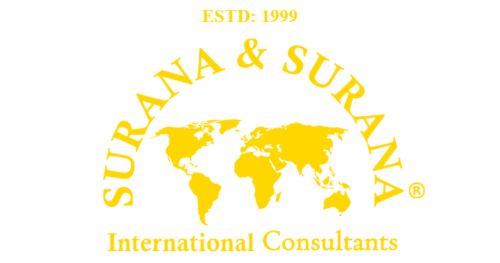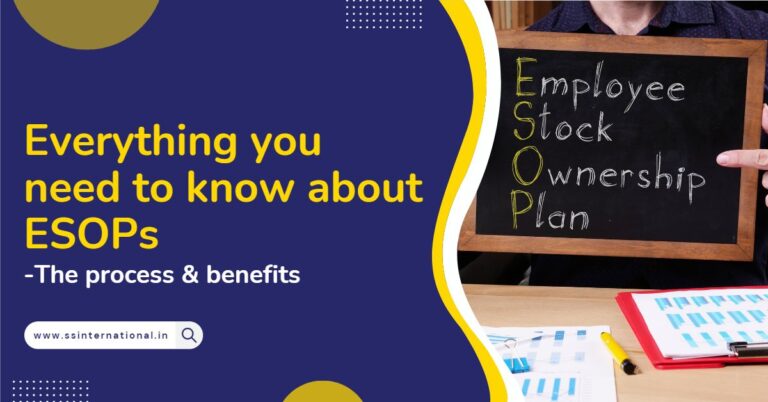In today’s rapidly evolving business landscape, companies are constantly seeking innovative strategies to optimize operations, unlock shareholder value, and achieve long-term growth. One increasingly prevalent strategy is divestiture, the process of selling off a non-core business unit or subsidiary.
A 2024 study found that divestiture activity has reached a record high, with a 22% increase in divestiture deals compared to the previous year. This trend highlights the growing recognition of divestitures as a valuable tool for companies to streamline their portfolios, focus on core competencies, and generate significant financial returns.
However, navigating a divestiture can be a complex process fraught with potential challenges. This blog post will equip you with expert tips and insights to ensure a smooth and successful divestiture process, ultimately maximizing value for your company and achieving your strategic objectives.
Key Considerations Before Divestiture
Strategic Alignment
Introduction:
In today’s dynamic business landscape, divestiture is often a strategic move to enhance focus and maximize shareholder value. However, the decision to divest should align seamlessly with a company’s overarching strategy to ensure it adds value and supports long-term objectives.
Importance of Strategic Alignment:
Strategic alignment in divestiture involves ensuring that the decision to sell off a part of the business is in line with the company’s core goals and competencies. This alignment is crucial for maintaining a strong focus on what the company does best, thus potentially unlocking greater value from core operations.
Defining Objectives:
It’s essential for a company to have clear objectives for the divestiture process. Whether the goal is to maximize the sale price, streamline operations, or reallocate resources to more profitable areas, defining these objectives early helps in making informed decisions and guiding the divestiture strategy effectively.
Financial Evaluation
In-depth Analysis of Financial Viability:
A thorough financial evaluation is crucial before proceeding with divestiture. This not only involves assessing the direct financial benefits but also examining wider financial implications.
Key Financial Metrics to Consider:
- Fair Market Value Determination: Utilize robust valuation models that reflect current market conditions and the asset’s operational worth.
- Tax Implications: Analyze potential tax liabilities or benefits that could affect the net value realized from the divestiture.
- Impact on Financial Statements: Understand how removing the asset from the balance sheet affects key financial ratios and operational performance post-divestiture.
Market Analysis
Strategic Market Insight:
Effective market analysis is paramount in identifying potential buyers who can offer the most strategic value for the divested asset.
Criteria for Identifying Potential Buyers:
- Strategic Compatibility: Focus on buyers whose strategic goals align with the inherent value of the asset.
- Financial Capability: Ensure potential buyers have the financial stability to follow through on the acquisition without jeopardizing its success.
- Experience in Acquisitions: Prefer buyers with a track record of successful acquisitions, as they are likely to manage the integration more smoothly and effectively.
Preparing for a Smooth Divestiture Process
Due Diligence:
Due diligence serves as the investigative backbone of the divestiture process, designed to uncover every detail about the asset to be sold. This critical evaluation protects both parties by ensuring that all claims about the asset’s performance, liabilities, and potential are verified, preventing post-sale disputes and facilitating a smooth transition.
Comprehensive Areas of Focus:
- Financial Analysis: Conduct an in-depth review of financial records, including profit and loss statements, balance sheets, and cash flow statements to ensure the financial data presented is accurate and comprehensive.
- Legal Examination: Assess all legal aspects related to the asset, including contract obligations, intellectual property rights, compliance issues, and potential litigation risks. This ensures that the buyer is fully aware of any legal encumbrances that might affect the asset’s value.
- Operational Review: Evaluate the efficiency and scalability of operations. Investigate supply chain logistics, employee efficiency, technology integration, and the state of physical assets. Understanding these elements helps in gauging how well the asset can operate independently or how easily it can be integrated into another business.
- Environmental Assessments: Where applicable, conduct environmental audits to ensure compliance with local, national, and international environmental regulations. This is crucial for industries where environmental impact is significant, as non-compliance can lead to substantial financial liabilities.
Carving Out the Divestiture:
Carving out involves segregating the business unit or asset to be divested from the parent company, ensuring it operates as an independent entity. This separation is crucial for the clear valuation of the asset and to appeal to potential buyers looking for a straightforward acquisition.
Addressing Challenges:
- Legal and Financial Separation: Establish legal independence for the divested entity, which may involve setting up separate legal structures or untangling shared services and financial interdependencies.
- Operational Independence: Ensure that the divested entity can operate autonomously. This includes setting up independent IT systems, securing separate supply chains, and establishing standalone support functions like HR and finance.
- Transition Services: Often, the parent company may need to provide transitional support services to the divested entity. Negotiating these services, including their scope and duration, is crucial to ensure smooth operation post-divestiture.
Communication Strategy:
A well-defined communication strategy is essential during a divestiture to manage expectations and maintain stability across all stakeholder groups, including employees, investors, customers, and partners.
Key Elements of the Communication Plan:
- Internal Communication: Transparent and timely communication with employees is crucial to address concerns and prevent misinformation. Detail how the divestiture impacts their roles and the future of the company.
- External Communication: Keep external stakeholders like investors, customers, and partners informed about the divestiture process. Highlight how the transaction will benefit the company’s strategic direction and ensure continued commitment to service and innovation.
Expert Tips for Maximizing Divestiture Success
Leverage Professional Expertise:
Engaging seasoned professionals such as investment bankers, accountants, and lawyers can greatly enhance the divestiture process. These experts bring invaluable experience and can navigate the complexities of transactions, ensuring legal compliance, accurate asset valuation, and effective negotiation strategies.
Maintain a Flexible Approach:
Divestitures can encounter unforeseen challenges and market changes. Maintaining flexibility allows companies to adapt strategies as necessary, whether modifying timelines, adjusting terms, or even reconsidering the scope of the divestiture to align with evolving business goals or market conditions.
Focus on Long-Term Value Creation:
While immediate financial gains from a divestiture are important, focusing on long-term value creation for both the divesting and acquiring entities can yield greater benefits. This involves considering how the divestiture will support sustained growth, market positioning, and the strategic objectives of both parties.
Conclusion
Divestiture, when executed thoughtfully and strategically, can be a powerful tool for unlocking significant value for companies. By carefully considering key factors like strategic alignment, financial evaluation, and market analysis, companies can ensure a smooth and successful divestiture process.
Following the expert tips outlined in this blog post, such as leveraging professional expertise, maintaining flexibility, and focusing on long-term value creation, can help businesses maximize the positive outcomes of a divestiture.
Ultimately, a well-executed divestiture can streamline operations, free up resources for strategic growth initiatives, and enhance shareholder value. Don’t let non-core assets hinder your company’s full potential.
Ready to embark on a successful divestiture journey? SSIC’s team of experienced professionals can provide comprehensive guidance and support throughout the entire process. Contact SSIC today to discuss your divestiture goals and explore how we can help you achieve them.




